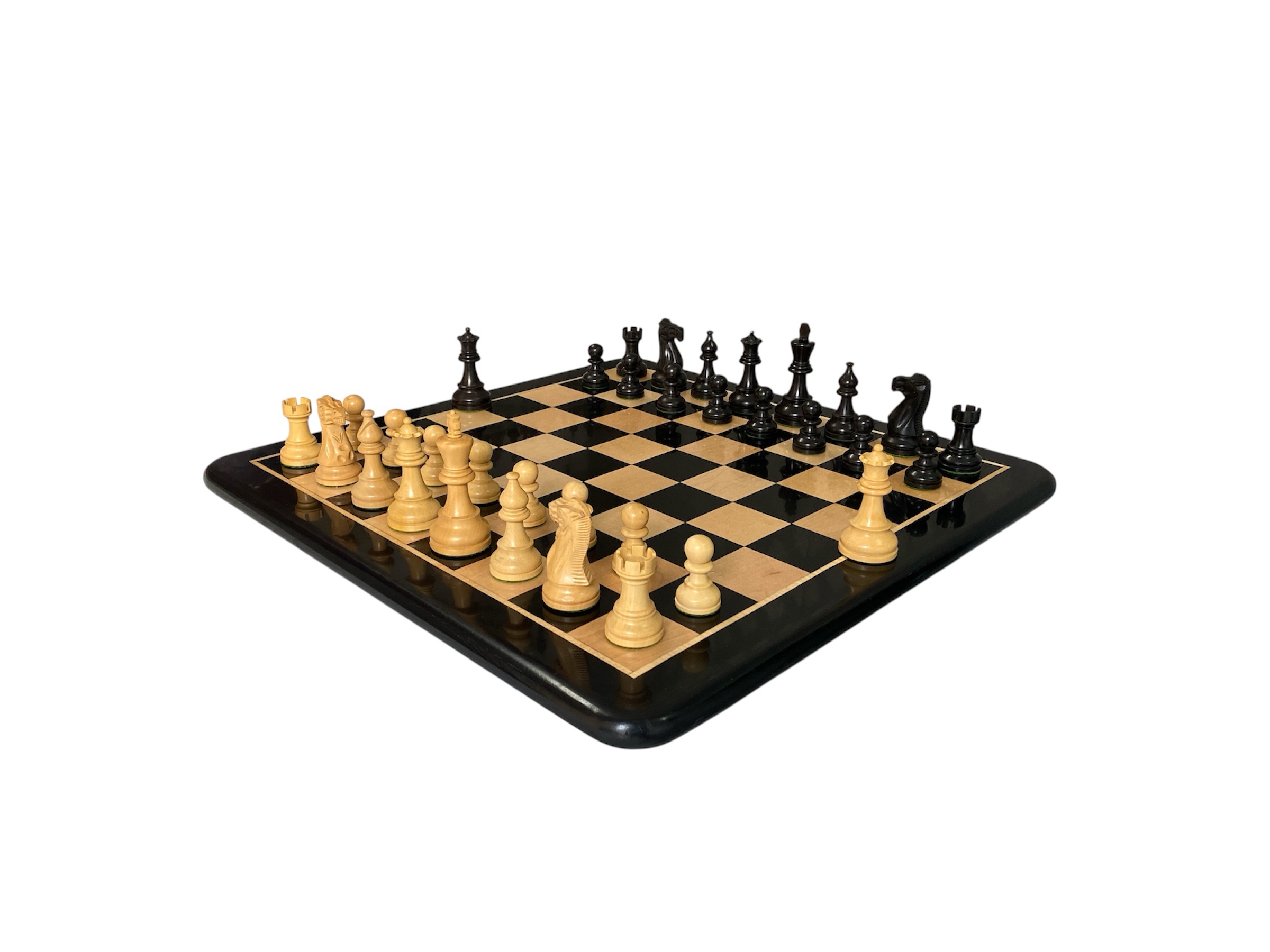Flat 30% OFF Use Code FLAT30
Flat 15% OFF Use Code STORE15
Flat 40% OFF Use Code FLAT40
COD Available
Flat 30% OFF Use Code FLAT30
Flat 15% OFF Use Code STORE15
Flat 40% OFF Use Code FLAT40
COD Available
In the grand tapestry of chess, victory isn’t simply about delivering the final checkmate. It’s about the patient, deliberate construction of an overwhelming advantage, a position so strong that your opponent’s every move becomes a desperate attempt to survive. This is the art of positional play, and it’s the bedrock upon which all great chess players build their success. For those who invest in quality equipment, from finely crafted chess pieces to a beautiful chess set, the board isn’t just a battlefield—it’s a canvas for strategic artistry. Whether you’re a casual player or aspiring to compete in tournament chess set series, understanding how to build winning positions is the key to unlocking your full potential.

The journey to positional mastery begins with a shift in perspective. Instead of hunting for immediate, flashy tactics, you must learn to think about the long-term health of your position. This involves a set of fundamental principles that, when consistently applied, create a cumulative pressure that is difficult for any opponent to withstand.
1. The Central Command
The center of the board—the squares e4, d4, e5, and d5—is the heart of the battle. Controlling these squares is paramount because it gives your chess pieces maximum mobility and influence over the entire board. Moves like 1. e4 or 1. d4 are so popular for a reason: they immediately stake a claim in the center and open lines for your bishops and queen. Conversely, a lack of central control often leads to cramped, passive positions. Your goal is to not only occupy the center but also to control it with your pieces, creating a web of influence that restricts your opponent’s options.
2. The Power of Pawns
Pawns are the soul of chess, and understanding pawn structure is a crucial element of positional play. Pawns dictate the shape of the game, creating open files and diagonals for your rooks and bishops, or closed positions where knights thrive. A strong pawn structure is one that supports your pieces, creates outposts, and denies your opponent counter play. Conversely, weak pawn structures, such as isolated or doubled pawns, can become long-term liabilities that your opponent can exploit. Learning to recognize and create advantageous pawn structures is a hallmark of a strong player.
3. Developing Your Army
In the opening, your primary objective is to develop your chess pieces efficiently and harmoniously. Get your knights and bishops off their starting squares and into the game, where they can exert influence. In the opening, it’s generally best to avoid moving the same piece multiple times. Focus on developing your other pieces to control the center.. A well-developed position is one where all your pieces are working together as a coordinated unit. This includes castling early to secure your king, bringing your rooks to open files, and connecting them to work in tandem.
4. King Safety Above All
No matter how powerful your attack, it is meaningless if your king is in danger. King safety is a non-negotiable principle. An exposed king can be a fatal weakness, turning a winning position into a devastating loss. Castling is the most common way to ensure your king’s safety, but even a castled king can be vulnerable. Always be on the lookout for potential threats to your monarch and be prepared to take defensive measures.
5. The Art of the Prophylactic Move
A key difference between a good player and a great player is the ability to anticipate and prevent your opponent’s plans. A prophylactic move is one that improves your own position while simultaneously neutralizing a potential threat from your opponent. Instead of simply reacting to your opponent’s moves, you are taking away their best ideas before they even have a chance to execute them. This kind of forward-thinking play is the essence of positional chess and is often the key to converting a small advantage into a decisive one.
Beyond the Board: The Tools of the Trade
While the principles of chess strategy are universal, the experience of playing the game can be greatly enhanced by the quality of your equipment. For serious players, investing in premium chess pieces made from quality materials like ebony or boxwood can add a tangible, tactile pleasure to every move. A solid, tournament-standard chess set provides a stable and reliable foundation for your game, free from distractions.
Building winning positions is a lifelong pursuit, but by focusing on these core principles—central control, pawn structure, piece development, king safety, and prophylactic thinking—you will lay the groundwork for strategic success. So, sit down at your board, set up your premium chess pieces, and start building not just a game, but a masterpiece.
